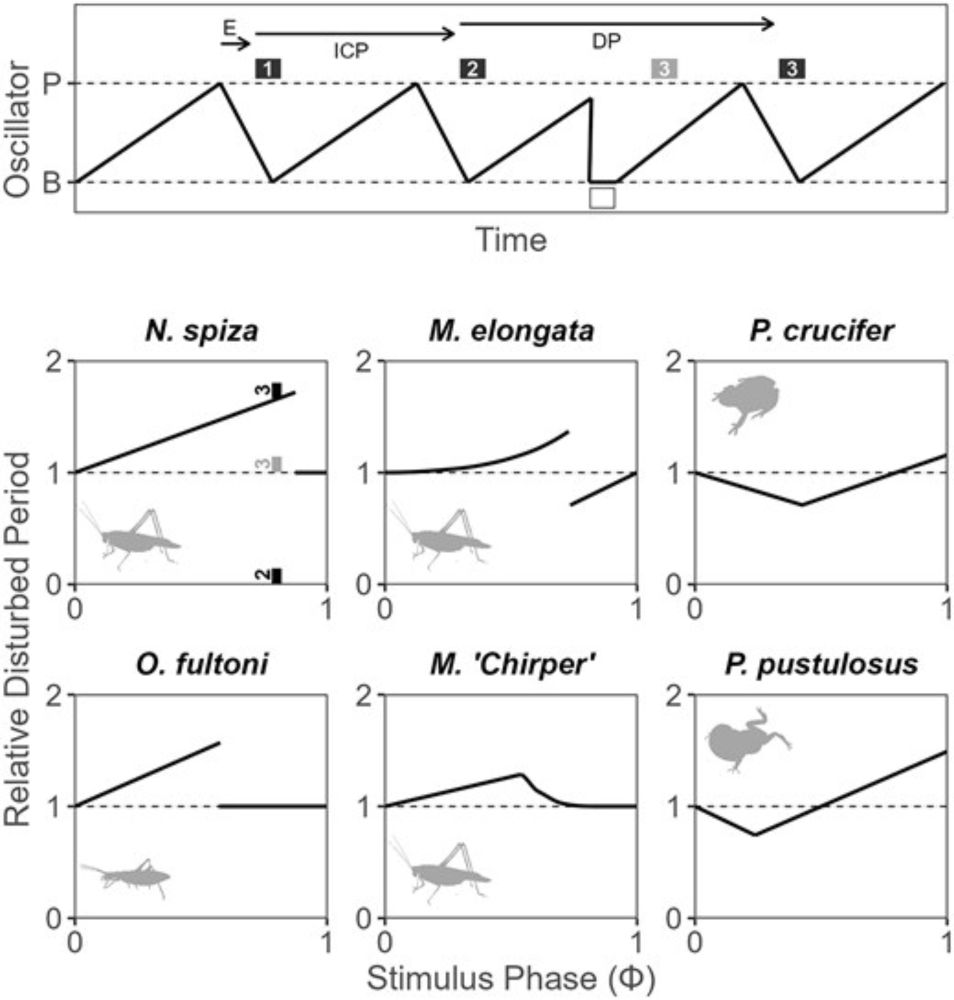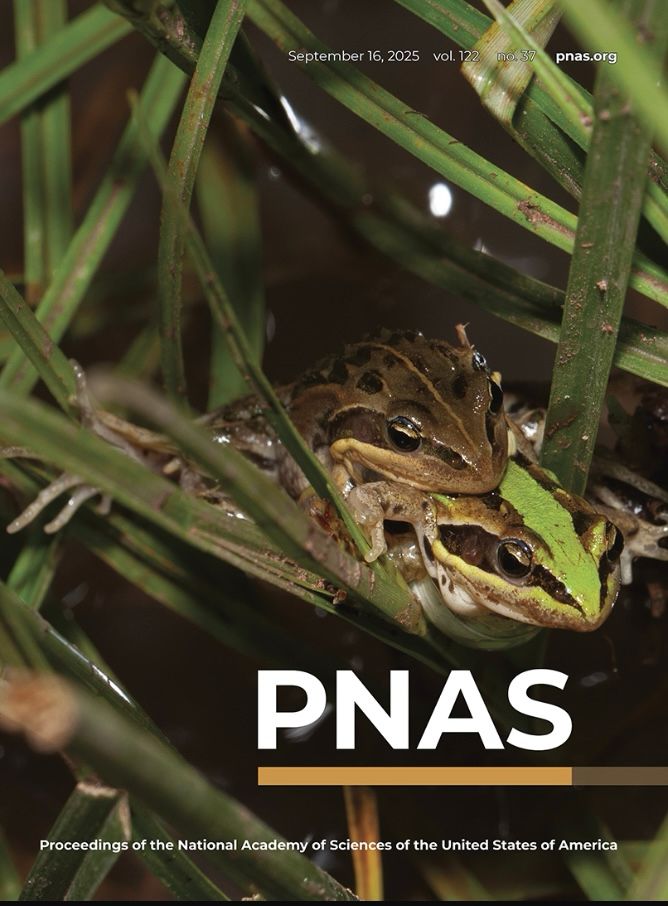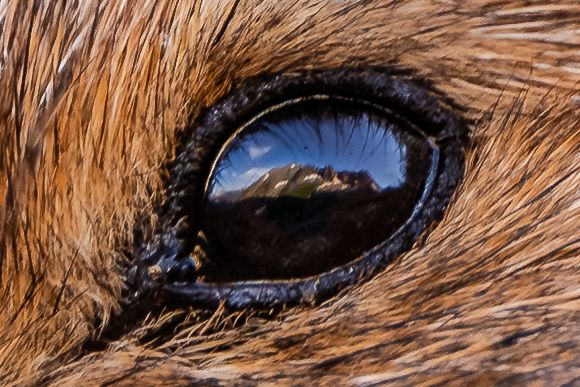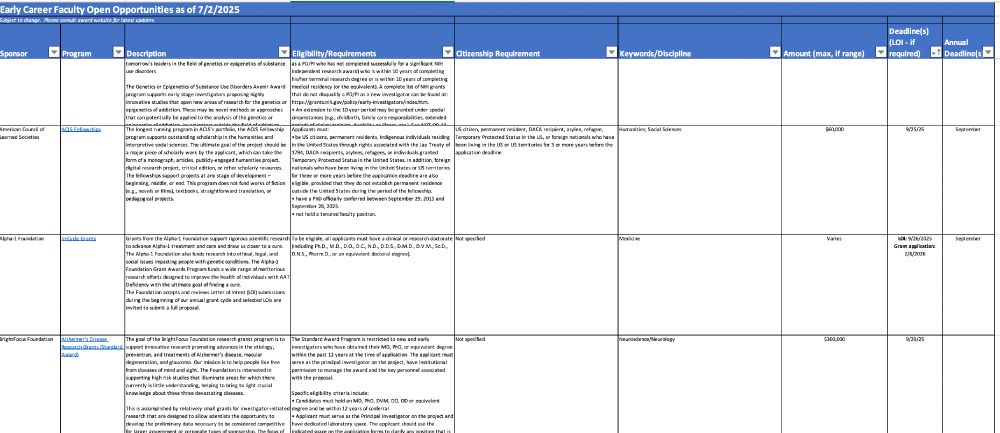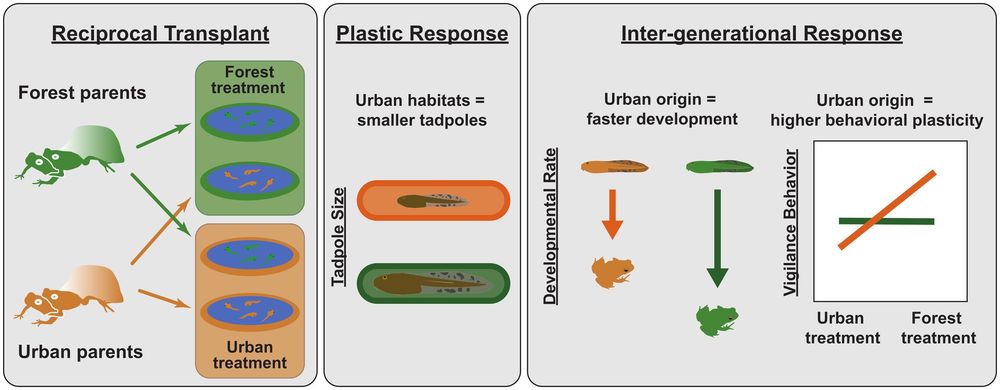Matías I. Muñoz
@matiasimunoz.bsky.social
730 followers
510 following
12 posts
Biologist with an interest in the ecology and evolution of animal vocal communication.
Postdoc, Oklahoma State University
https://sites.google.com/view/matiasmunozsandoval/home
Posts
Media
Videos
Starter Packs
Pinned
Reposted by Matías I. Muñoz
Reposted by Matías I. Muñoz
Reposted by Matías I. Muñoz
Reposted by Matías I. Muñoz
Reposted by Matías I. Muñoz
Reposted by Matías I. Muñoz
Reposted by Matías I. Muñoz
Reposted by Matías I. Muñoz
Dr Craig R McClain
@drcraigmc.bsky.social
· Jun 24
Too poor to science: How wealth determines who succeeds in STEM
From student to researcher, a career in science can come with a high price tag. This Perspective explores how persistent financial barriers limit who can succeed in science, revealing how wealth shape...
journals.plos.org
Matías I. Muñoz
@matiasimunoz.bsky.social
· Dec 12
Matías I. Muñoz
@matiasimunoz.bsky.social
· Dec 10
Reposted by Matías I. Muñoz
Reposted by Matías I. Muñoz
Matías I. Muñoz
@matiasimunoz.bsky.social
· Nov 24
Matías I. Muñoz
@matiasimunoz.bsky.social
· Nov 19
Matías I. Muñoz
@matiasimunoz.bsky.social
· Nov 19
Using acoustics and artificial intelligence to monitor pollination by insects and tree use by woodpeckers
The collection and interpretation of field data is a prerequisite for informed conservation in protected environments. Although several techniques, in…
www.sciencedirect.com
Matías I. Muñoz
@matiasimunoz.bsky.social
· Nov 17
Matías I. Muñoz
@matiasimunoz.bsky.social
· Nov 16


